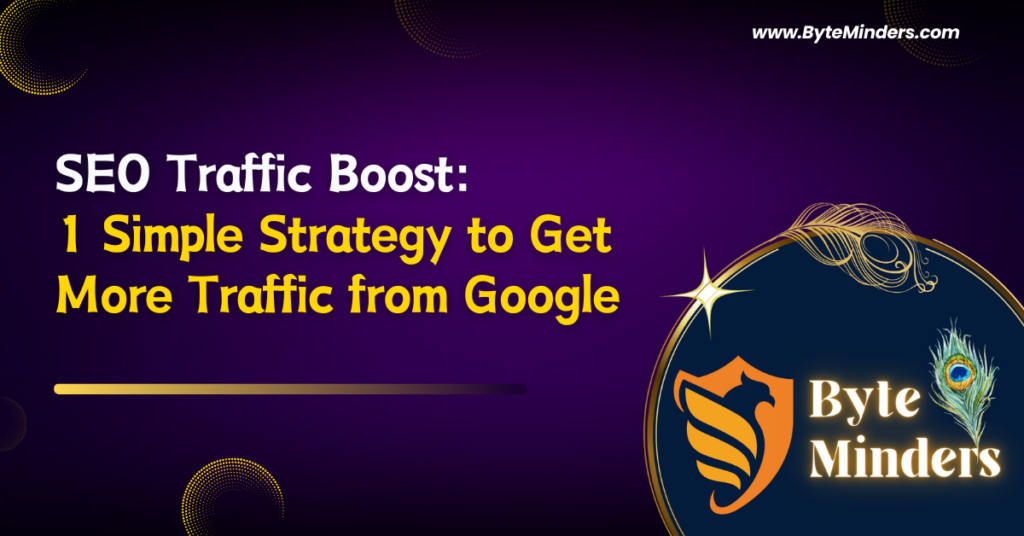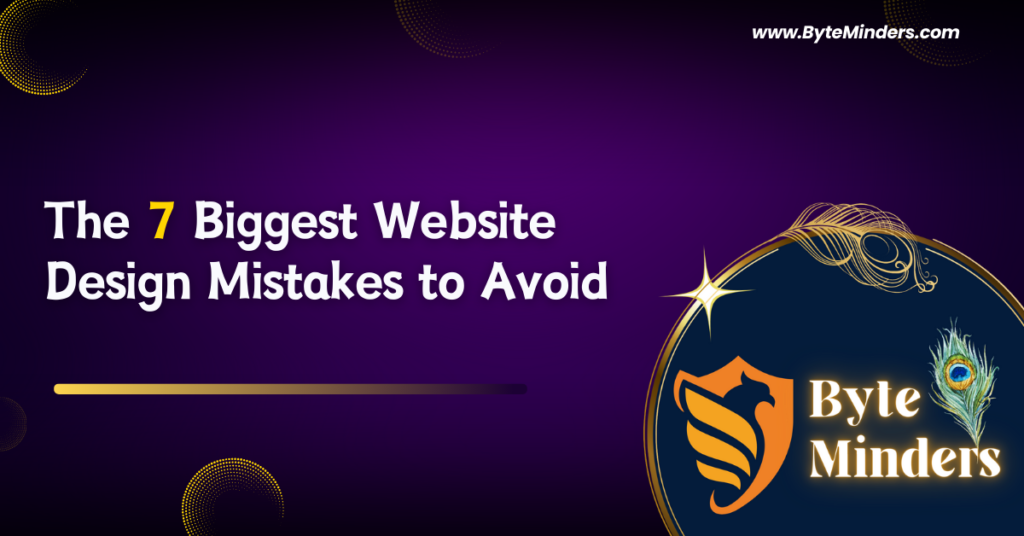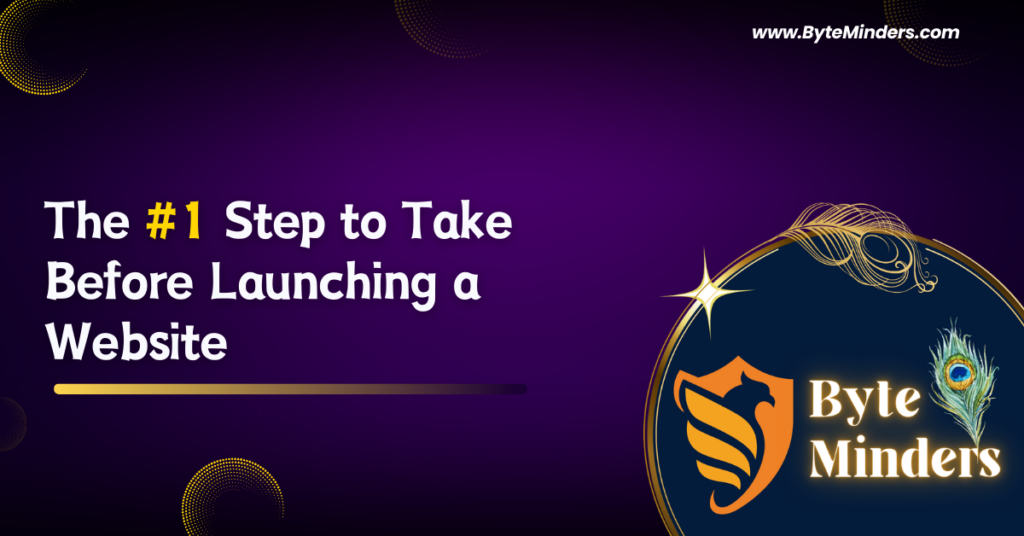
SEO Traffic Boost: 1 Simple Strategy to Get More Traffic from Google
Introduction If you want to increase your website’s visibility and attract more visitors from Google, you need an effective strategy. Many website owners struggle to rank higher on search engine results pages (SERPs), but there’s one simple method that can make a huge difference: Optimized Content Updates. In this blog, we will discuss how updating old content can provide an SEO Traffic Boost and help your website rank higher in search results. Why SEO Traffic Boost Matters Google constantly updates its algorithms to deliver the most relevant and valuable content to users. If your website’s content is outdated, Google may not rank it as high as newer content from competitors. This is where the SEO Traffic Boost strategy comes in. By updating and improving your existing content, you can signal to Google that your website is fresh, relevant, and valuable. The Power of Optimized Content Updates Updating old content is a proven SEO Traffic Boost strategy. Here’s why it works: Google loves fresh content: Updated content is more likely to rank higher because Google values freshness. Fix outdated information: Ensuring your content is up to date improves user experience and credibility. Improves CTR (Click-Through Rate): Updated meta titles and descriptions can attract more clicks. Increases engagement: Adding better visuals, infographics, and videos can keep users engaged. Helps reclaim rankings: If your content has dropped in rankings, updating it can help regain its position. Step-by-Step Guide to Using This SEO Traffic Boost Strategy Step 1: Identify Underperforming Content The first step to applying this SEO Traffic Boost strategy is identifying content that needs an update. You can use tools like Google Analytics, Google Search Console, or third-party tools like Ahrefs and SEMrush to find pages with declining traffic. Look for: Blog posts that have lost rankings over time Pages with low CTR despite high impressions Old articles that are no longer relevant Posts with outdated statistics or references Step 2: Refresh and Update Content Once you have identified content that needs improvement, follow these optimization tips to get an SEO Traffic Boost: Update old information: Replace outdated facts, figures, and references with the latest data. Improve readability: Break content into shorter paragraphs, use bullet points, and add subheadings. Enhance keywords naturally: Ensure the focus keyword “SEO Traffic Boost” appears naturally in the content. Add new internal and external links: Link to newer, relevant content within your website and reputable external sources. Optimize images: Use relevant images with proper alt text and compress them for faster loading speed. Step 3: Optimize Meta Tags and Headlines Meta tags play a crucial role in getting an SEO Traffic Boost. Update your: Title tag: Make it compelling and include your focus keyword (e.g., “SEO Traffic Boost: The Best Strategy for More Google Traffic”) Meta description: Summarize the content in 150-160 characters and make it engaging. Headings (H1, H2, H3): Ensure they are clear and include keywords naturally. Step 4: Improve User Engagement with Multimedia Adding visuals like images, infographics, and videos enhances user experience and can provide an SEO Traffic Boost. People are more likely to stay on your page longer if it contains engaging media. Use high-quality images that relate to the content. Embed relevant videos to provide extra value. Add infographics to simplify complex topics. Step 5: Promote Your Updated Content Just updating your content isn’t enough. You need to promote it to maximize the SEO Traffic Boost. Here’s how: Share on social media: Promote the updated post on Facebook, Twitter, LinkedIn, and Pinterest. Email marketing: Send it to your subscribers and let them know about the updates. Internal linking: Link to your updated post from newer articles to drive traffic. Repurpose content: Turn it into a video, infographic, or podcast to reach different audiences. How Often Should You Update Content? The frequency of content updates depends on your niche, competition, and the type of content. However, here are some general guidelines for achieving an SEO Traffic Boost: Update evergreen content every 6 to 12 months. Refresh high-performing articles every 3 to 6 months. Fix outdated statistics and references as soon as possible. Keep an eye on Google Search Console for performance drops and update accordingly. Measuring the Impact of Content Updates After implementing this SEO Traffic Boost strategy, track its effectiveness using these key metrics: Organic traffic increase: Check Google Analytics for an increase in visitors. Improved rankings: Use tools like Arefs or SEMrush to track keyword position changes. Higher CTR: Monitor Google Search Console to see if your updated meta descriptions and titles attract more clicks. Better engagement metrics: Look at bounce rate, time on page, and social shares. Conclusion Getting more traffic from Google doesn’t always mean creating new content. Sometimes, updating old content can provide the biggest SEO Traffic Boost. By following this simple yet effective strategy—identifying, updating, optimizing, and promoting your content—you can improve your rankings and attract more visitors. Start implementing this method today and watch your website’s traffic grow!









